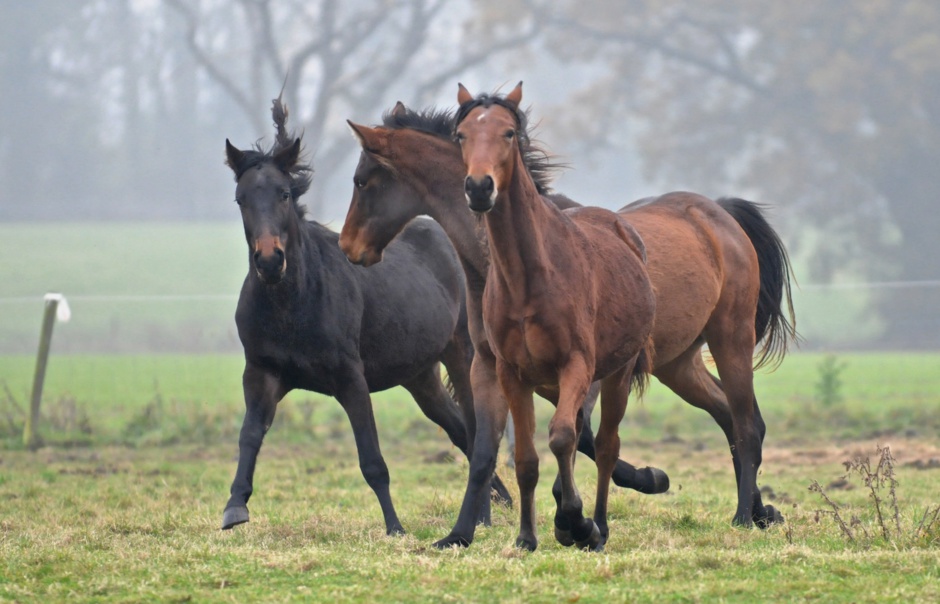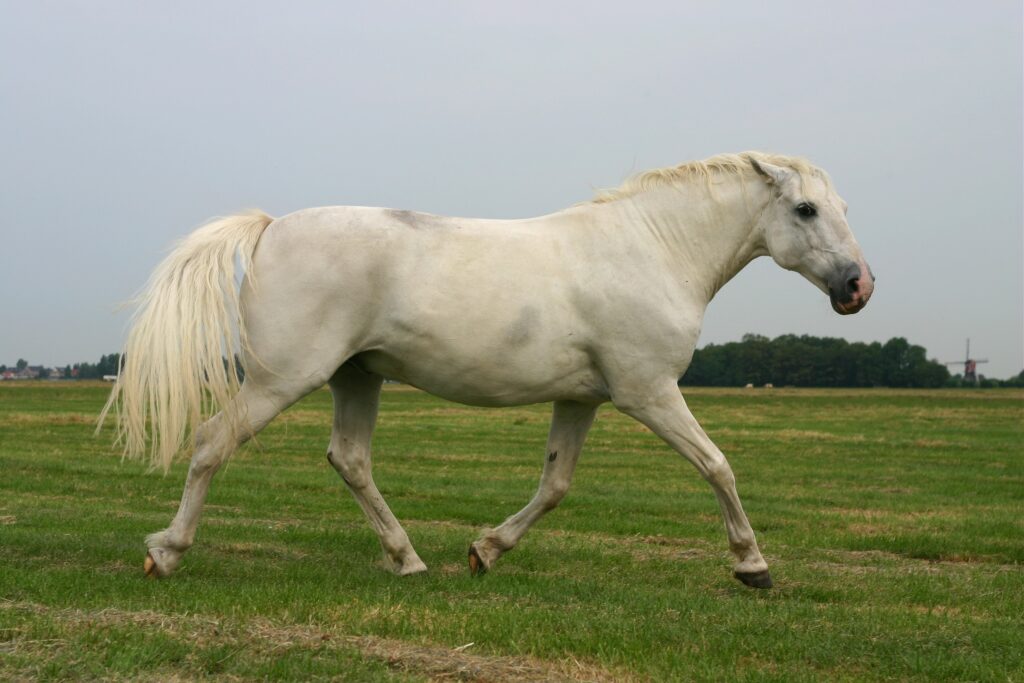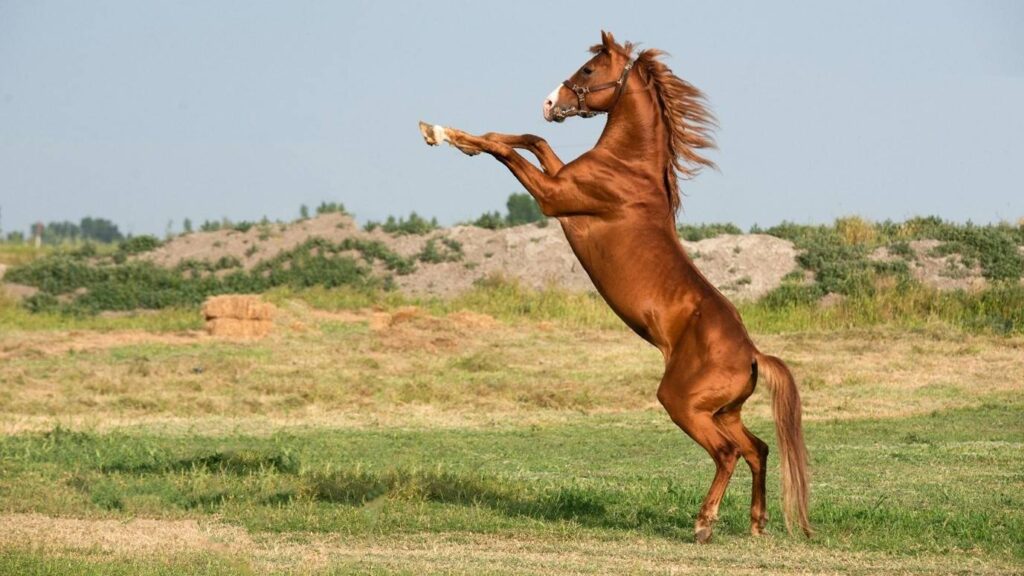In the world of horse training, the concept of positive reinforcement is gaining immense popularity. This approach not only enhances the horse’s learning experience but also strengthens the bond between the horse and its handler. By using horse positive reinforcement, trainers can create a more harmonious and trusting relationship with their equine companions.

What is Positive Reinforcement?
Positive reinforcement involves rewarding a horse for exhibiting desired behaviors. Unlike traditional methods that may rely on pressure or punishment, this technique focuses on encouragement and reward. The primary goal is to motivate the horse to repeat the behavior by associating it with a positive outcome.
Benefits of Positive Reinforcement
There are numerous benefits to using positive reinforcement in horse training. Not only does it make training sessions more enjoyable for the horse, but it also fosters a sense of trust and cooperation. Horses trained using this method are often more willing to learn and are less stressed.
Building Trust
Trust is a fundamental aspect of any relationship, and it is especially important in horse training. By using positive reinforcement, trainers can build a strong bond of trust with their horses. This trust leads to better communication and a more enjoyable experience for both the horse and the handler.
Improving Communication
Effective communication is key to successful horse training. Positive reinforcement helps improve communication between the trainer and the horse by providing clear signals of what is expected. This clarity reduces confusion and helps the horse understand what behaviors are desired.
Practical Applications
Implementing horse positive reinforcement in training sessions involves using rewards such as treats, praise, or even scratches in the horse’s favorite spot. The key is to choose a reward that the horse finds motivating. For more insights into handling stubborn horses, check out this guide on dealing with stubborn horses.
Using Treats
Treats are a popular form of reward in positive reinforcement training. They provide immediate feedback and encourage the horse to repeat the behavior. However, it’s important to use treats judiciously to prevent overfeeding or dependency.
Praise and Affection
Verbal praise and physical affection, such as petting or patting, are also effective rewards. These forms of positive reinforcement can be particularly useful for horses that may not be motivated by food.
Challenges and Considerations
While positive reinforcement is highly effective, it is not without its challenges. Trainers must be consistent in their approach and ensure that the rewards are given promptly to reinforce the behavior. Additionally, understanding each horse’s unique preferences and motivations is crucial for success.
Consistency is Key
Consistency in training is vital to ensuring that the horse clearly understands what is expected. Inconsistent use of rewards can lead to confusion and hinder the learning process.
Individual Preferences
Every horse is different, and what motivates one may not work for another. Trainers should take the time to understand their horse’s preferences and tailor their approach accordingly.
Conclusion
Incorporating horse positive reinforcement into training routines offers numerous benefits. It not only enhances the horse’s learning experience but also strengthens the bond between the horse and the trainer. By focusing on encouragement and reward, trainers can create a more trusting and cooperative relationship with their equine companions.

FAQs
What is the main benefit of using positive reinforcement?
The main benefit is building a trusting and cooperative relationship with the horse, leading to more effective training sessions.
Are there any drawbacks to using treats as rewards?
While treats can be effective, they should be used judiciously to prevent overfeeding or dependency. Each horse is different, so it’s important to find the right balance.
How can I start using positive reinforcement with my horse?
Begin by identifying rewards that motivate your horse, such as treats, praise, or affection. Consistently apply positive reinforcement during training sessions to encourage desired behaviors. For more training tips, visit Passionate Horsemanship.
This article contains affiliate links. We may earn a commission at no extra cost to you.







